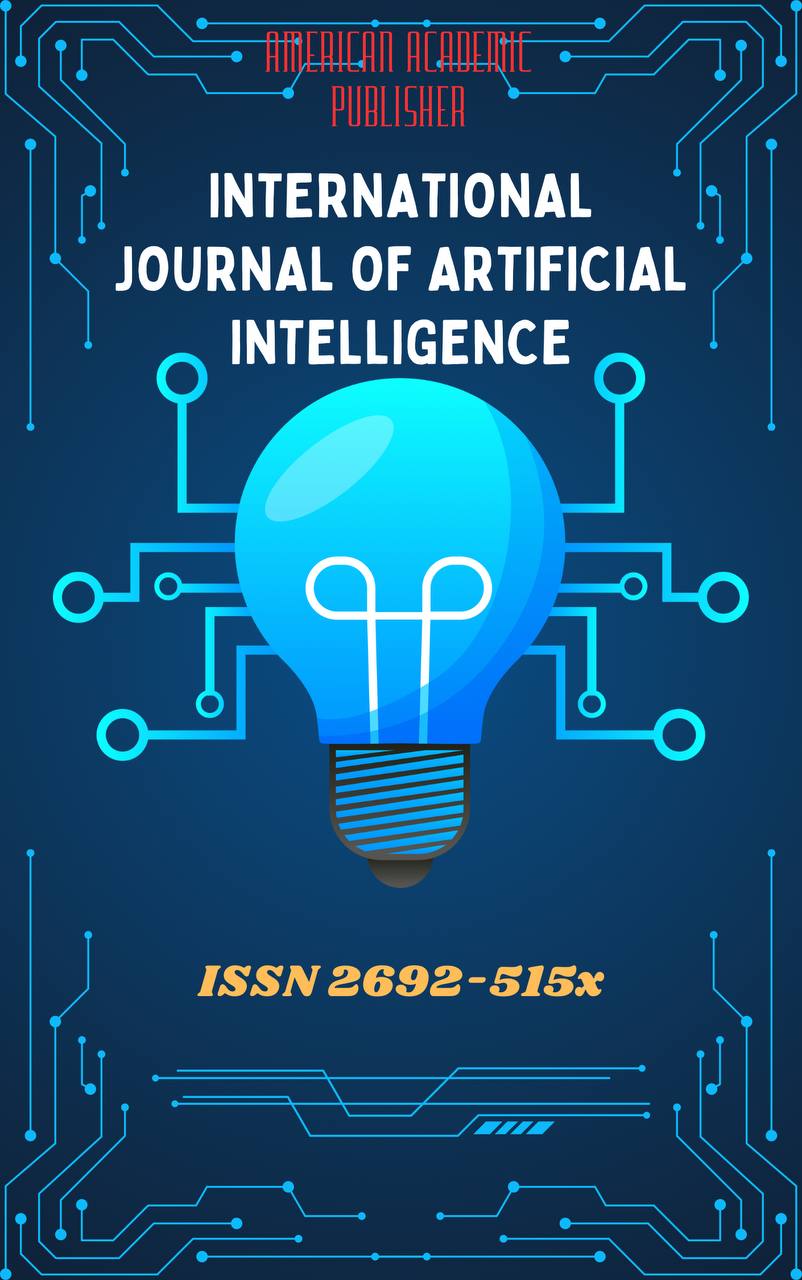 Articles
| Open Access |
Articles
| Open Access | EXPLORING THE STRENGTHS AND WEAKNESSES OF THE ECLECTIC APPROACH IN LANGUAGE TEACHING
Ziyoda Saparbayeva Rustamboy qizi , Student of Uzbekistan State World Languages UniversityAbstract
The eclectic approach in language teaching has gained considerable attention for its flexible and learner-centered orientation. This paper aims to examine the strengths and weaknesses of the eclectic method by analyzing current literature and classroom practices. While the method promotes adaptability and the integration of various techniques to suit learners’ needs, it also raises concerns about consistency, teacher expertise, and pedagogical coherence. The study concludes that although the eclectic approach can be highly effective when applied strategically, it requires well-informed and reflective teaching practices to avoid random or disjointed instruction.
Keywords
Eclectic approach, language teaching, teaching methodology, pedagogical flexibility, learner-centered instruction, method integration, language acquisition, teacher autonomy, instructional design, ELT (English Language Teaching).
References
Brown, H. D. (2007). Principles of Language Learning and Teaching. Pearson Education.
Kumaravadivelu, B. (2006). Understanding Language Teaching: From Method to Postmethod. Lawrence Erlbaum.
Richards, J. C., & Rodgers, T. S. (2014). Approaches and Methods in Language Teaching (3rd ed.). Cambridge University Press.
Stern, H. H. (1992). Issues and Options in Language Teaching. Oxford University Press.
Harmer, J. (2015). The Practice of English Language Teaching (5th ed.). Pearson Longman.
Larsen-Freeman, D. (2000). Techniques and Principles in Language Teaching. Oxford University Press.
Hall, G. (2011). Exploring English Language Teaching: Language in Action. Routledge.
Littlewood, W. (2004). “The Task-Based Approach: Some Questions and Suggestions.” ELT Journal, 58(4), 319–326.
Nunan, D. (2004). Task-Based Language Teaching. Cambridge University Press.
Bax, S. (2003). “The End of CLT: A Context Approach to Language Teaching.” ELT Journal, 57(3), 278–287.
Article Statistics
Downloads
Copyright License

This work is licensed under a Creative Commons Attribution 4.0 International License.

